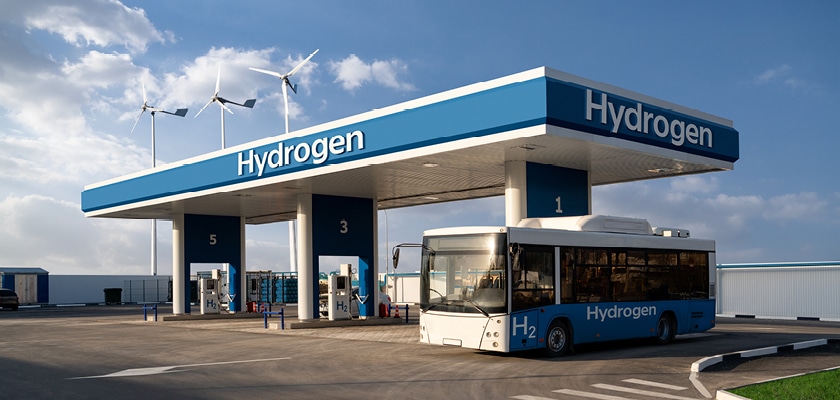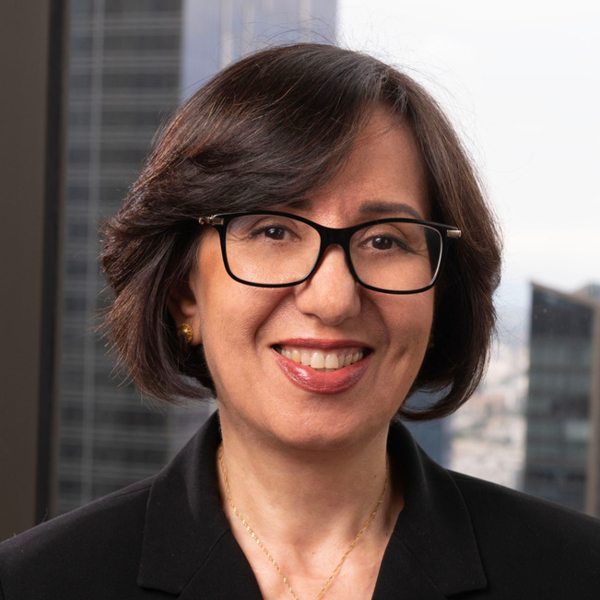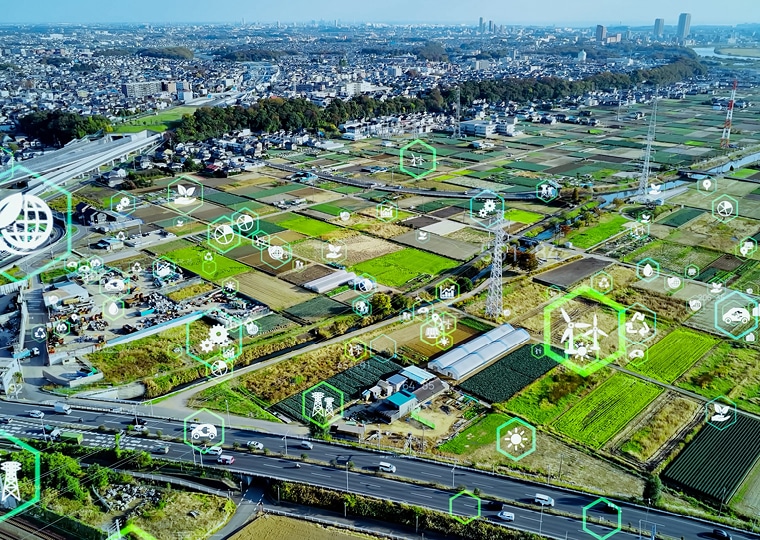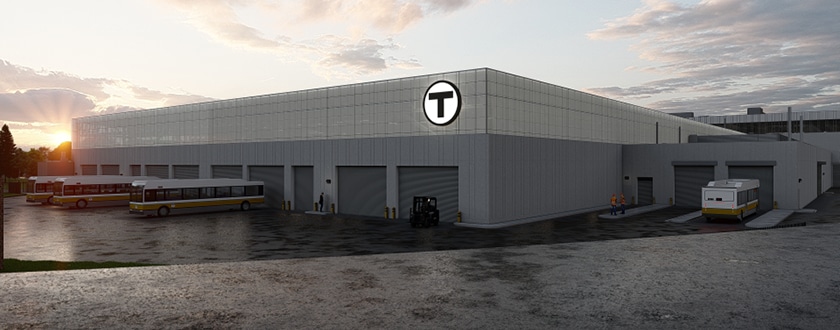The United States Department of Energy (DOE) recently made a momentous announcement that brought with it a wave of optimism and enthusiasm to the realm of clean energy and infrastructure development. The earmarking of $7 billion of Infrastructure Investment and Jobs Act, aka Bipartisan Infrastructure Law funding for seven regional clean hydrogen hubs demonstrates how the federal government is prioritizing making hydrogen more accessible, affordable, and eco-friendly, and has far-reaching implications for our nation’s journey towards zero-emission solutions.
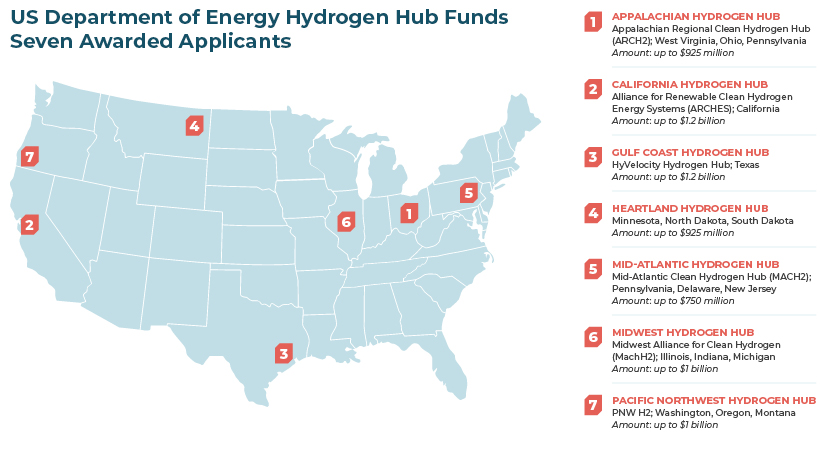
For someone like me who is deeply involved in zero-emission facilities engineering, this announcement holds profound significance. It’s not just about the future of energy; it’s about the future of our planet.
At STV, we take pride in being leaders in the transit industry, and this recent development aligns with that mission and our expertise. The transition to zero emissions is a game-changer for the transit sector. This transition is not a distant future prospect; it’s happening now and is further accelerated by the DOE’s visionary investment.
My home state California, one of the pioneers in the zero-emission transition, has set a bold requirement: transit agencies must transition to fully zero-emission bus fleets by 2040, with the last non-zero emission bus allowed for purchase in 2028 – just five years from today. Other states have different timelines, but the ultimate goal is clear: 100% zero emissions by 2050.
As transit agencies embark on this journey, they are presented with two commercially available bus options: battery-electric and hydrogen fuel cell buses. The recent DOE funding will enhance the viability of hydrogen for use in conjunction with fuel cell technology on buses for many transit agencies across the country. It alleviates concerns related to hydrogen availability when choosing between the two zero-emission bus options. This is where STV’s team of experts can support our clients best. With extensive expertise in alternative fuels and vast knowledge in transit applications, we can guide agencies in making the best choice for servicing their customers and communities.
Transit facilities and fueling infrastructure have been integral to STV’s services for many years, setting us apart from many of our competitors. With a team boasting decades of experience in fueling solutions, and a track record in providing master planning and engineering design in this domain, we are well-equipped to tackle the challenges of the hydrogen infrastructure market.
Our ongoing projects, such as zero-emissions bus infrastructure with hydrogen fueling for the North County Transit District in California and Pace Suburban Bus in Illinois, showcase our commitment to advancing hydrogen technology in the transit sector. We are also actively engaged in transition plans, feasibility studies, and engineering design of zero emission facilities that leverage both battery-electric and hydrogen fuel cell for agencies across the country, including projects in Boston, New York, and Washington, D.C.
With the recent DOE funding, transit agencies across the country will find more viable solutions and consequently more compelling reasons to transition to zero-emission buses. The DOE’s announcement represents a milestone in the journey towards sustainable, clean energy solutions. While hydrogen fuel cell and battery-electric buses are the most readily available options, our team accounts for numerous factors when determining the best-fit solution tailored to each transit agency.
STV stands ready with the skills and expertise to support agencies and their communities in this crucial transition to zero emissions. Together with our clients, we’re creating a better, cleaner, and healthier future for all.
